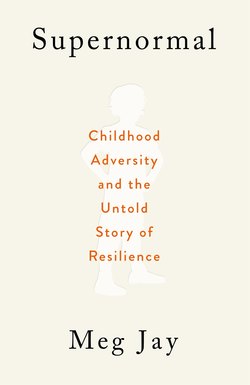Читать книгу Supernormal - Мэг Джей - Страница 8
На сайте Литреса книга снята с продажи.
ОглавлениеAUTHOR’S NOTE
As a clinical psychologist and an educator, I have been listening to people for nearly twenty years, and recently I have begun to write books about what I hear. This is why: Much of the time, people come to a therapist or teacher with problems they feel they have no one to talk to about, or they fear no one else will understand. For almost two decades, then, my days have been spent behind closed doors hearing about events that, often, have taken place behind closed doors, too. One thing I have learned is that many, many people feel isolated with similar problems, unaware that they are not as alone or as different as they think.
Also, therapy and the classroom are not for everyone, and there can be financial, logistical, or cultural barriers to each. I have gained a lot not only from listening, but also from researching and reading about the problems that have been brought to me. I want this information to be accessible not just to those who can afford schools or therapists but also to anyone who can access the Internet or a bookstore or a public library. Education is an intervention, said feminist theorist Gloria Jean Watkins, better known by her pen name “bell hooks.”
What follows, then, is a work of narrative nonfiction. Throughout this book, I draw on hundreds of studies from hundreds of researchers, only some of whom, for the sake of readability, are named in the body of the text. Please consult the notes at the end of the book for full citations, and for information about where you can read more. I also quote from dozens of memoirs and autobiographies, as well as from a few biographies and novels. In most cases, quotations are provided in full. On a few occasions, quotations are abbreviated, but— again for readability— rather than use brackets or ellipses, I made certain the meaning of the words was not altered. For more complete quotations or context, the notes can point you to the primary sources.
Most important, I tell the stories, as they were told to me, of clients and students with whom I have had the privilege to work. Each story in this book is based on real events and endeavors to be emotionally true. To protect the privacy of those who have shared their experiences with me, identifying details have been changed. The fundamental aspects of the stories I share—the hardships my clients and students faced and what they thought and how they felt as they made their way through them—have not been altered. The dialogue I include consists of others’ words as I remember them. I hope every reader sees himself or herself in the pages that follow, but a resemblance to any particular person is coincidental.
